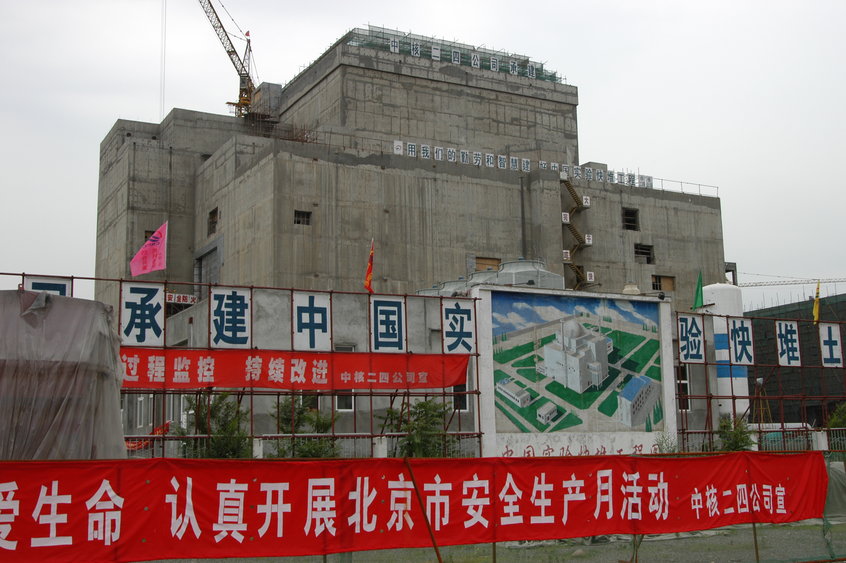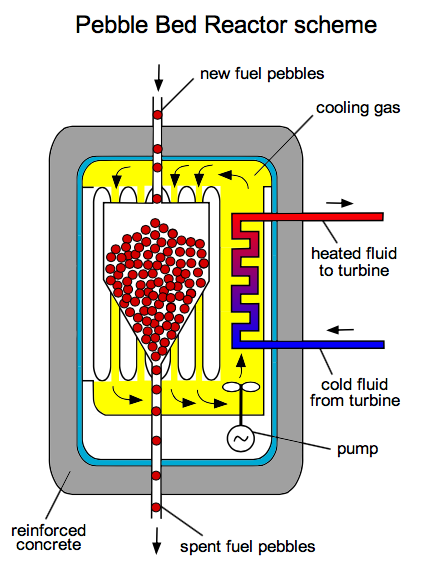They are designed to be more thermally efficient and to withstand meltdowns, and China is taking steps to build one.Â
China Nuclear Engineering Group (CNEG) has announced that it is planning to start work on the world’s first commercial fourth-generation nuclear power station in 2017 with the aim of putting it into operation by 2021.Â
If the project is approved by the Chinese government, it will go ahead in Ruijin, in the province of Jiangxi, which is located between Shanghai and Hong Kong. Â
According to Wang Shoujun, chairman of CNEG, a feasibility study has already been approved by the government’s nuclear expert committee. When this is completed, CNEG and the Jiangxi provincial government will jointly apply to the National Development and Reform Commission to include the project in its strategic energy plan.Â
Further feasibility research will then be conducted along with the land acquisition and construction of supporting infrastructure, Wang said.Â
The reactor will use a helium-cooled design. The fan that circulates the helium has been successfully tested at Tsinghua University: its four tonne rotor revolves on frictionless electromagnetic bearings.

China’s first experimental fast-breeder reactor under construction at Tuoli (Source: Wikimedia Commons)
Fourth generation reactors are also designed to produce less waste and to be safer to operate than existing designs. Â
Its fuel uses a “pebble-bed” design, in which tennis ball-sized spheres of graphite contain thousands of micro particles of uranium (see diagram). Â
This design is said to be “passively safe”, meaning that it can self-cool in the event of a loss of power to the helium fans. It is also thought to be as much as 50% more thermally efficient than conventional reactors.Â
The Ruijin design uses slow neutrons, with a helium-based cooling system, and its reactor core will be able to withstand temperatures exceeding 1,600°CÂ for several hundred hours without melting down.Â
However, most future reactors will use a “fast neutron” design, which produces less waste with a shorter half-life than slow reactors. China is also building experimental fast reactors, such as the one at Tuoli (pictured), which became operational in 2011.Â
A $476m, 200MW test version of the reactor is under construction at the coastal city of Rongcheng; this is expected to enter service in 2017.

Simplified design of pebble bed reactor (Source: Wikimedia Commons)
China has a 23 nuclear power plants operating, with another 27 third-generation plants under construction. That’s one-third of all nuclear projects on site across the globe.Â
The nuclear industry has developed several generations of reactors starting with the first in 1950s, the last of which is still in operation at the Wylfa plant in Anglesey, north Wales. Â
Second generation reactors dating from the 1970s are still in service, and third generation reactors have been operating in Japan since 1996, according to the World Nuclear Association. Â
Top image: Cooling towers of the TemelÃn nuclear power plant in the Czech Republic (Wikimedia Commons)
Comments
Comments are closed.











I think a 4th generation nuclear reactor with grapheme as a RO filter for desalination costing 500,000 dollars is the wave of the future.